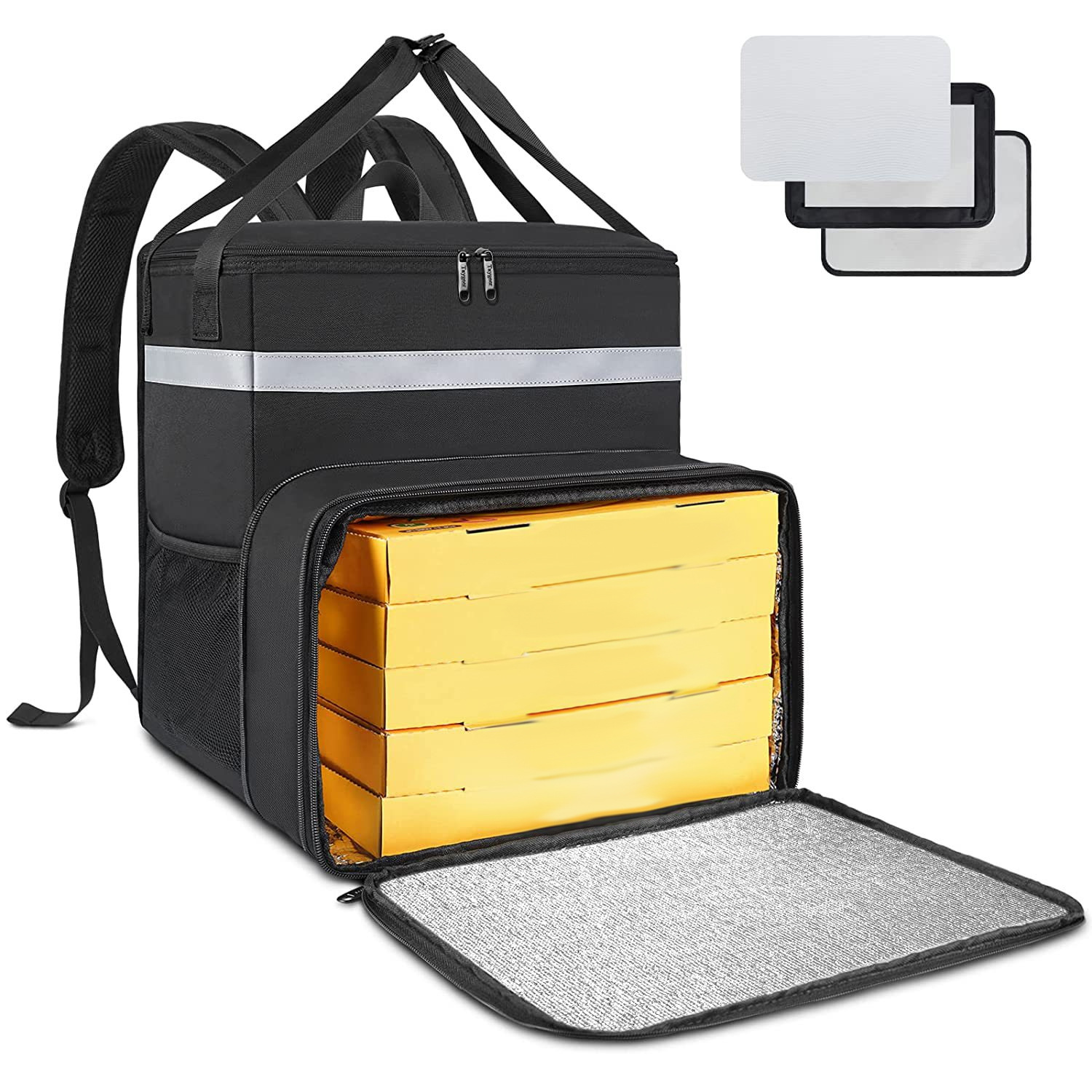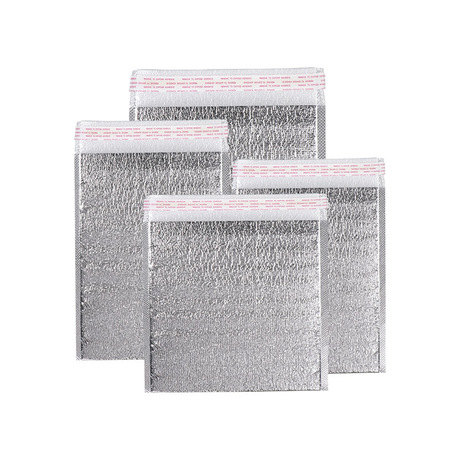A Comprehensive Guide to Effective Pain Relief and Healing
Ice packs are one of the most commonly used and effective tools for managing injuries, reducing pain, and speeding up the recovery process. Whether you’re dealing with a sports injury, a minor sprain, or even just a bump, using ice packs can significantly reduce inflammation and provide relief. Neste guia, we will explore the benefits, usa, and best practices for using ice packs for injuries, all while ensuring that the information is optimized for search engines and accessible to a broad audience.

What Are Ice Packs?
An ice pack is a bag or a container filled with ice or a cold substance that is applied to the body to reduce pain, swelling, and inflammation. Ice packs work by constricting blood vessels, which helps reduce blood flow to the injured area, decreasing swelling and numbing pain. They are commonly used for acute injuries like sprains, strains, bruises, and muscle soreness.
Benefits of Using Ice Packs for Injuries
Using ice packs for injuries comes with several key benefits:
Reduces Swelling: When an injury occurs, blood vessels around the affected area expand, levando ao inchaço. Applying an ice pack helps constrict these blood vessels and reduce swelling, which can lead to quicker healing.
Numbs Pain: Cold therapy works by numbing the area, which can reduce pain and discomfort associated with injuries. This is particularly helpful in the first few hours after an injury.
Decreases Inflammation: Ice helps lower the temperature of the injury site, which slows down the inflammatory process. This is important for preventing long-term tissue damage and promoting faster recovery.
Speeds Up Recovery: By managing pain and inflammation, ice packs allow injured tissues to heal faster. Applying ice in the early stages of an injury can help prevent chronic problems and reduce the chances of complications.

When to Use Ice Packs for Injuries
Timing is crucial when it comes to ice therapy. Applying ice packs immediately after an injury can be extremely beneficial, but it’s important to use them at the right time and in the right manner. Here are some general guidelines:
- Primeiro 48 Hours: Ice should be applied within the first 48 hours after an injury to control swelling and reduce pain. This is the critical window where cold therapy is most effective.
- After Physical Activity: For chronic injuries or muscle soreness, applying ice packs after physical activity can help reduce inflammation and prevent the injury from worsening.
- During Acute Pain: If you experience sudden pain or discomfort from an injury, ice can help manage the pain and prevent further damage to tissues.
How to Use Ice Packs for Injuries
To maximize the effectiveness of an ice pack, it’s important to use it correctly. Here’s how you should apply an ice pack for the best results:
Wrap the Ice: Never apply ice directly to the skin, as this can cause frostbite. Wrap the ice in a thin cloth, towel, or a dedicated ice pack cover to protect your skin.
Apply for 15-20 Minutes: Apply the ice pack for about 15-20 minutes at a time. Prolonged exposure can cause skin damage or increase the risk of ice burn.
Elevate the Injury: Se possível, elevate the injured area while applying the ice pack. This can help further reduce swelling by allowing fluid to drain away from the injury site.
Rest and Repeat: Apply the ice pack several times a day for the first 48 horas. Be sure to give your skin some time to warm up between applications to avoid ice burns.

Common Types of Ice Packs for Injuries
There are several types of ice packs available, each with its own advantages. The right type for you will depend on the nature of your injury and personal preference:
Bolsas de gelo em gel: These are flexible and mold to the shape of the injured area. They remain colder for longer than traditional ice cubes and are often more convenient to use.
Cold Compresses: Typically available in disposable form, these are pre-filled with a gel that freezes when placed in the freezer. They are portable and easy to use.
Instant Ice Packs: These are single-use packs that, when activated, produce cold temperatures. They are ideal for on-the-go use, particularly for athletes or those with active lifestyles.
Homemade Ice Packs: A simple alternative, you can make your own ice pack by placing ice cubes in a resealable plastic bag or using frozen peas. While convenient, they might not offer the same consistency as commercially available packs.
Things to Keep in Mind
While ice packs are a great tool for managing injuries, it’s important to be mindful of certain precautions:
- Avoid Direct Contact with Skin: Always wrap the ice pack in a cloth or towel to avoid frostbite or skin damage.
- Don’t Overdo It: Applying ice for longer than 20 minutes can lead to frostbite or tissue damage.
- Consult a Healthcare Professional: If you have serious injuries or the injury doesn’t improve with ice therapy, it’s important to seek medical attention.
Conclusão
Ice packs for injuries are a simple, econômico, and highly beneficial tool for managing pain, swelling, and inflammation. Whether you’re dealing with a sprain, muscle strain, or any other minor injury, applying ice packs in the first 48 hours can significantly reduce the severity of the injury and speed up your recovery process. Remember to use ice therapy properly and consult a healthcare professional if needed.
By understanding the importance of ice therapy and how to use it correctly, you can ensure a faster recovery and prevent further complications.























